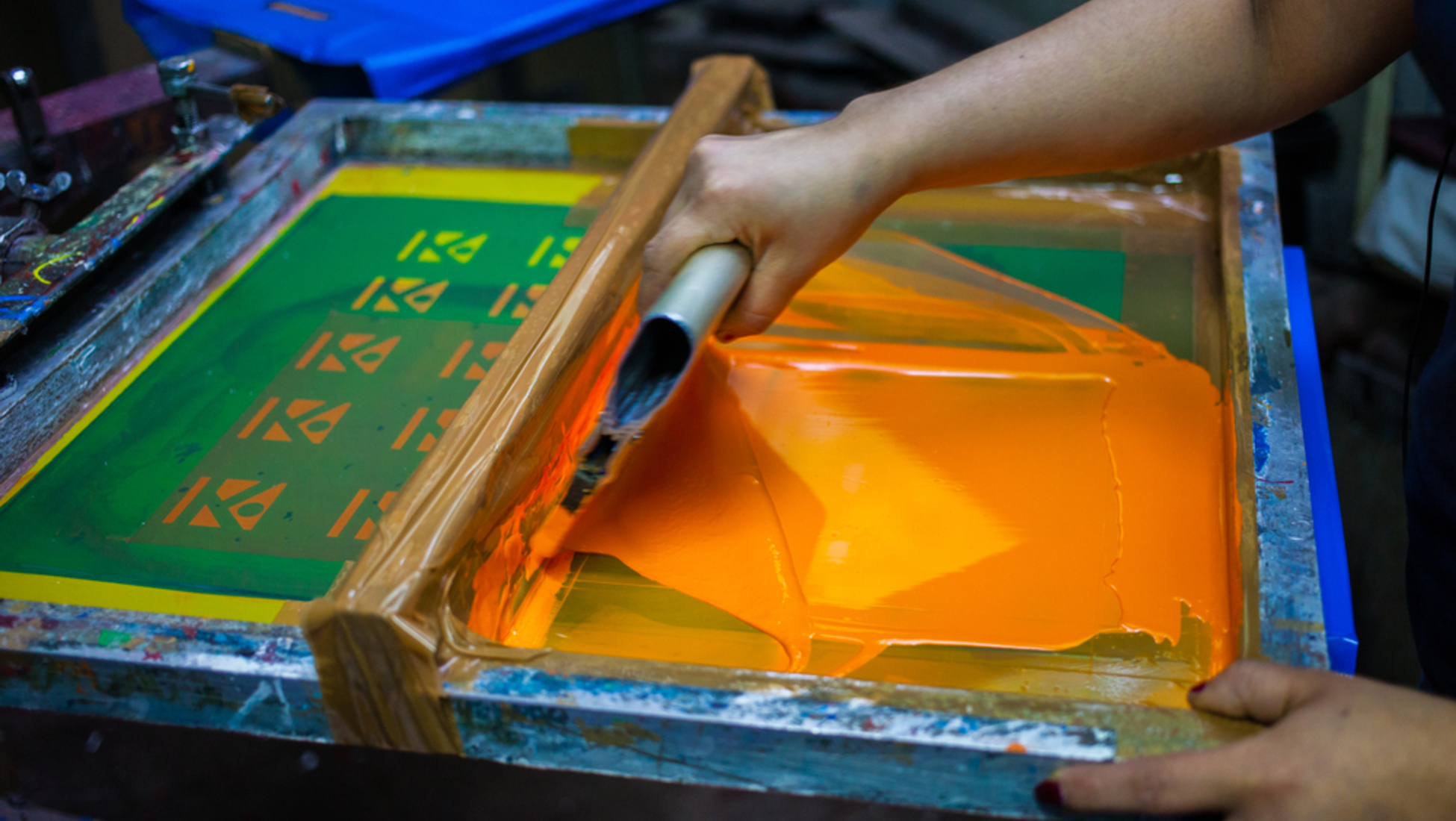Looking to invest in an art print? They can come in all shapes and forms, so before bidding it's recommended to note what kind of print you are purchasing. Is it a lithograph, a serigraph or a giclée? Is the print a photomechanical reproduction? And what are the differences between all these printing techniques? Knowing the different techniques will help you to make the right decision and nobody can explain these differences better than our in-house art expert, Michiel Vliegenthart. Read on as Michiel explains more about different printing techniques.
Photomechanical Reproduction
Let’s start with the definition of a photomechanical artwork. This is a very broad term which umbrellas many other printing terms, but essentially any piece of art copied by photomechanical means it is a reproduction. This process, as the name implies, involves generating an image photographically, but printing with ink on paper rather than with photosensitive material. It can be thought of most simply as an early bridge between the analogue and digital ages.

Photomechanical reproduction involves generating an image photographically, but printing with ink on paper rather than with photosensitive material
Serigraph
The serigraph is an ancient printing technique used during the Song Dynasty in China from 960 – 1279 AD. It's a stencil-based printing process known more commonly as silkscreen printing. It's made with a stencil placed upon a mesh and although the screens were originally made of silk, they are now made of finely woven polyester or nylon. So how does it work? Ink is forced through the sections that are not covered by the blocking stencil. Each colour that is applied with a new stencil or screen. A final serigraph is created with great colours and textures, producing astonishing repeat imagery,

A serigraph, also known as a silkscreen print is a stencil-based printing process used to create great colours and textures
Lithograph
Invented in 1796, lithography is considered an autonomous artistic printing technique. It is used to multiply a drawing in a printed version using a stone or metal plate to print directly onto the paper. The artist paints an image onto the plate using a substance that attracts oil-based inks. Water is used for the other parts, because it repels the ink. The plate is then pressed onto the paper, creating the print. Usually, a limited amount of lithographs are made from one plate. If the quality of a lithograph is outstanding and it is only produced a low number of editions, it has a significant value.

'Litho' means 'stone' - referring to a stone or metal plate to print directly onto the paper
Giclée
A giclée is a modern high quality print. It is one of the newest techniques and was used for the first time in the 1990s. The giclée is created with a digital file, meaning artists can create their work digitally. The prints are made with a complex and professional large-format printer, using between 8 and 12 colours of ink (whereas home printers use only 3 colours). These printers spray 1 million microscopic ink droplets per second, creating a deep contrast, intense colours and the highest resolution. Only when these special printers are used can the print be called a giclée. When done on high quality paper with pigment-based inks, the giclée is valuable because of its excellent quality that can last for more than 100 years.

A giclée is a modern high quality print created with a digital file and a complex, professional large format printer
At Catawiki's Art auctions, you can find a range of different prints for sale, from classical works on paper to modern printing techniques. Find your favourite prints in our Classical Art auction, featuring prints made until 1945 or look for digital prints in our Modern Art Auction. Did you know that you only need one Catawiki account to access all the benefits of buying and selling at our auctions? It's fast and free to join, so register for an account and begin right away.
You might also like these articles: